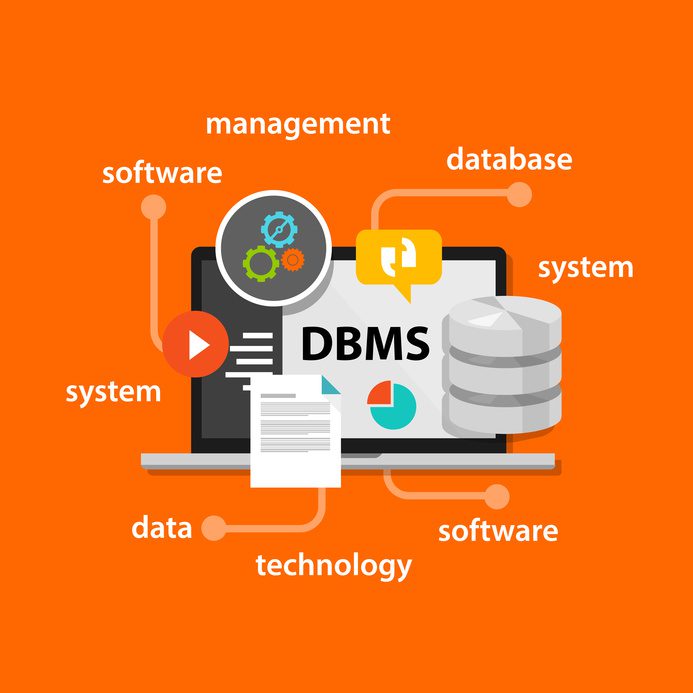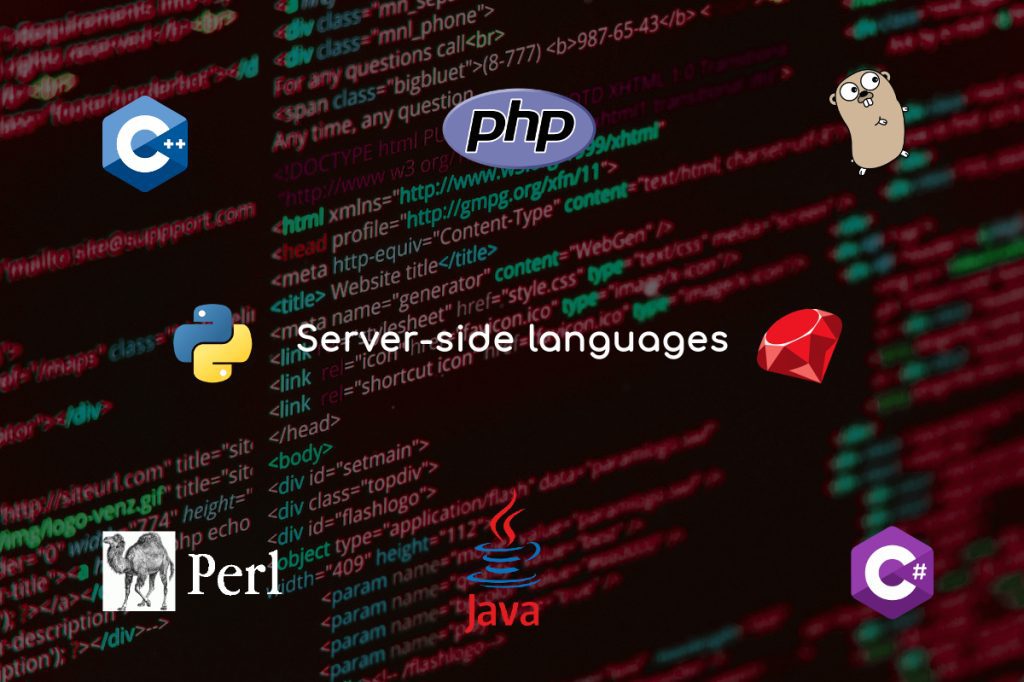Backend development is an essential part of building web applications that power the internet. It involves building the server-side of a web application that communicates with the frontend and the database. In this blog, we will dive into the world of backend development and explore the key skills required to build scalable web applications using RESTful APIs and efficient database design.

RESTful API Development:
RESTful APIs have become the standard for building web services due to their simplicity, scalability, and flexibility. A RESTful API is an architectural style that uses HTTP methods such as GET, POST, PUT, and DELETE to interact with resources on the server. Here are some key skills required to build RESTful APIs:
- Understanding of HTTP methods: A backend developer must have a solid understanding of HTTP methods and their use cases. GET is used to retrieve resources, POST is used to create new resources, PUT is used to update existing resources, and DELETE is used to delete resources.
- API design: Designing a RESTful API involves defining endpoints, resources, and data structures. An API must be intuitive and easy to use for developers who consume it.
- Authentication and authorization: Security is a critical aspect of any web application. A backend developer must implement authentication and authorization mechanisms to protect the API from unauthorized access.

Database Design and Management:
Databases are the backbone of most web applications, and efficient database design and management are crucial for building scalable and maintainable applications. Here are some key skills required for database design and management:
- Relational database design: A backend developer must be proficient in designing relational databases that are efficient and scalable. This involves understanding concepts such as database normalization, indexing, and query optimization.
- Database management: A backend developer must be proficient in managing databases, including backups, recovery, and performance tuning.
- Data modeling: Data modeling is the process of defining the data structure of an application. A backend developer must be able to design efficient data models that can scale as the application grows.

Server-Side Programming Languages:
Backend developers use programming languages such as Java, Python, Ruby, and Node.js to create server-side applications. Here are some key skills required for server-side programming:
- Proficiency in programming languages: A backend developer must be proficient in one or more programming languages to build server-side applications. This involves understanding concepts such as variables, data types, control structures, functions, and object-oriented programming.
- Frameworks and libraries: Backend developers use frameworks and libraries to build server-side applications more efficiently. For example, a developer building a web application in Python might use the Django or Flask framework.
- Testing and debugging: Testing and debugging are critical skills for any developer. A backend developer must be able to write unit tests and integration tests to ensure that the application is functioning correctly.
In conclusion, mastering backend development involves building RESTful APIs, designing efficient databases, and writing server-side code in programming languages such as Java, Python, Ruby, and Node.js. These skills are critical for building scalable and maintainable web applications that power the internet.
here are 4 brief questions and answers related to backend development:
What is a RESTful API?
A RESTful API is an architectural style that uses HTTP methods such as GET, POST, PUT, and DELETE to interact with resources on the server. It is a flexible and scalable way to build web services.
What is database normalization?
Database normalization is the process of organizing data in a database to reduce redundancy and improve data integrity. It involves breaking down large tables into smaller ones and defining relationships between them.
What is a server-side programming language?
A server-side programming language is a programming language that is used to create server-side applications. Examples include Java, Python, Ruby, and Node.js.
What is the purpose of unit testing in backend development?
Unit testing is the process of testing individual units or components of an application to ensure that they are functioning correctly. In backend development, unit testing is used to test the server-side code and ensure that it is working as expected. It helps to catch bugs early and ensures that the application is reliable and scalable.










